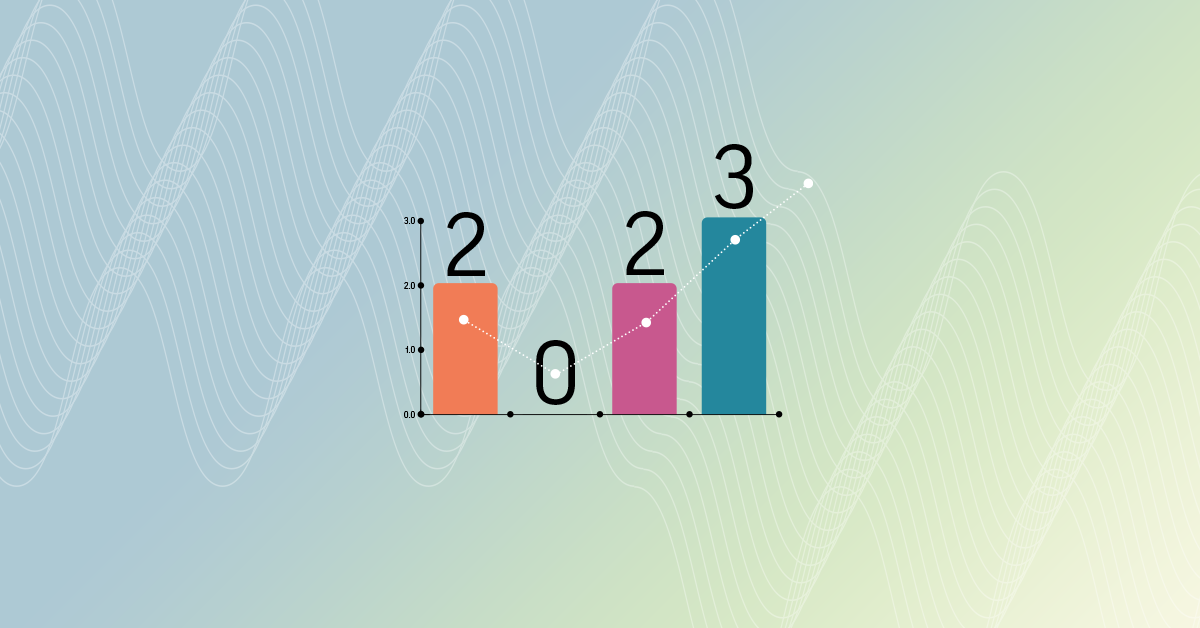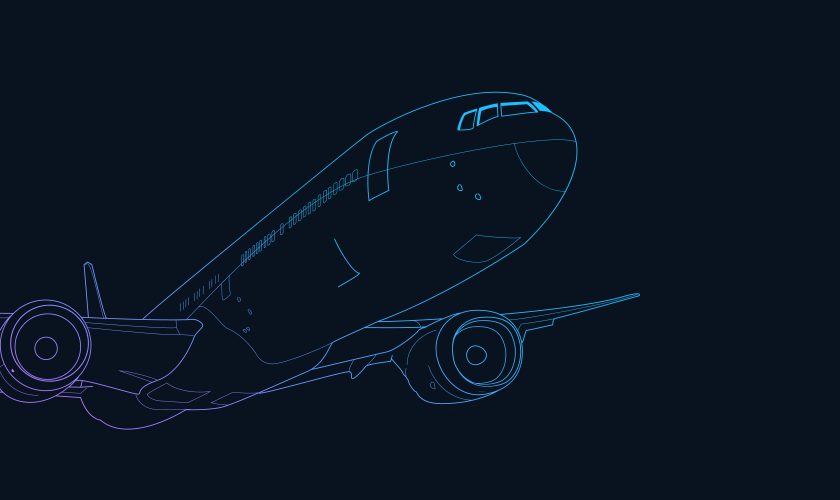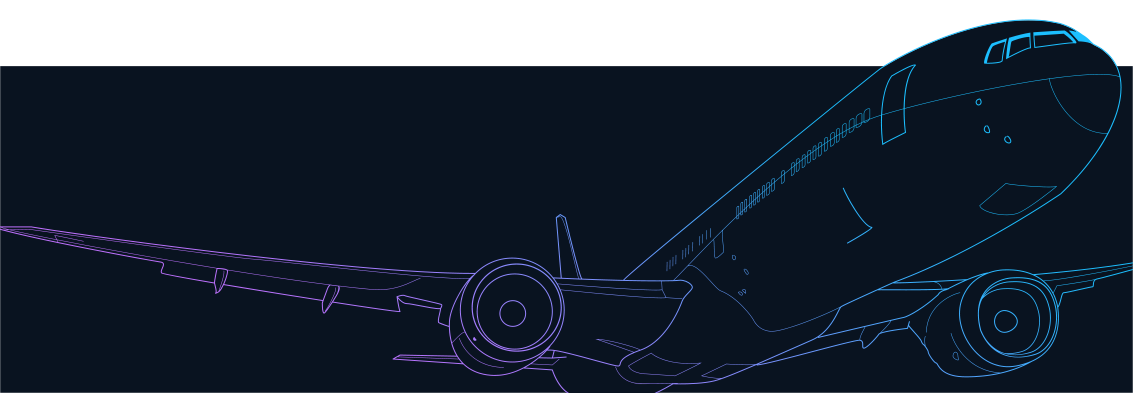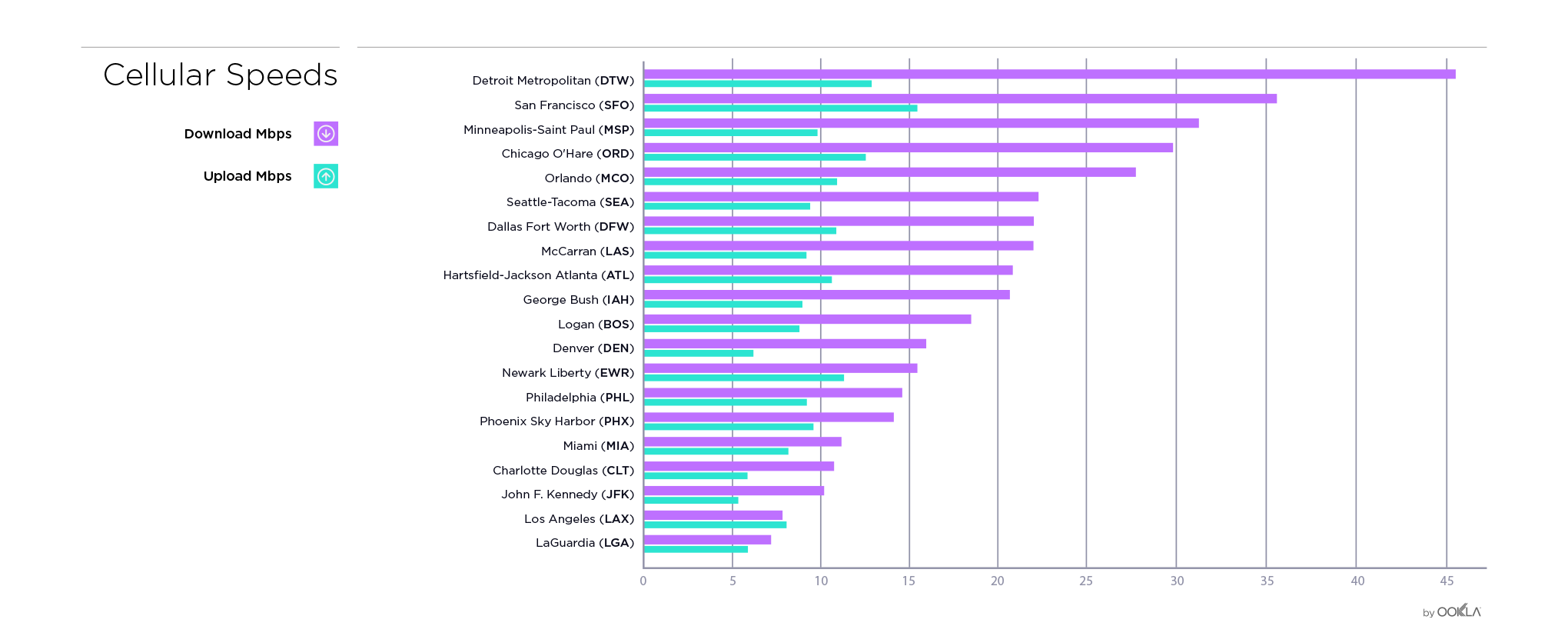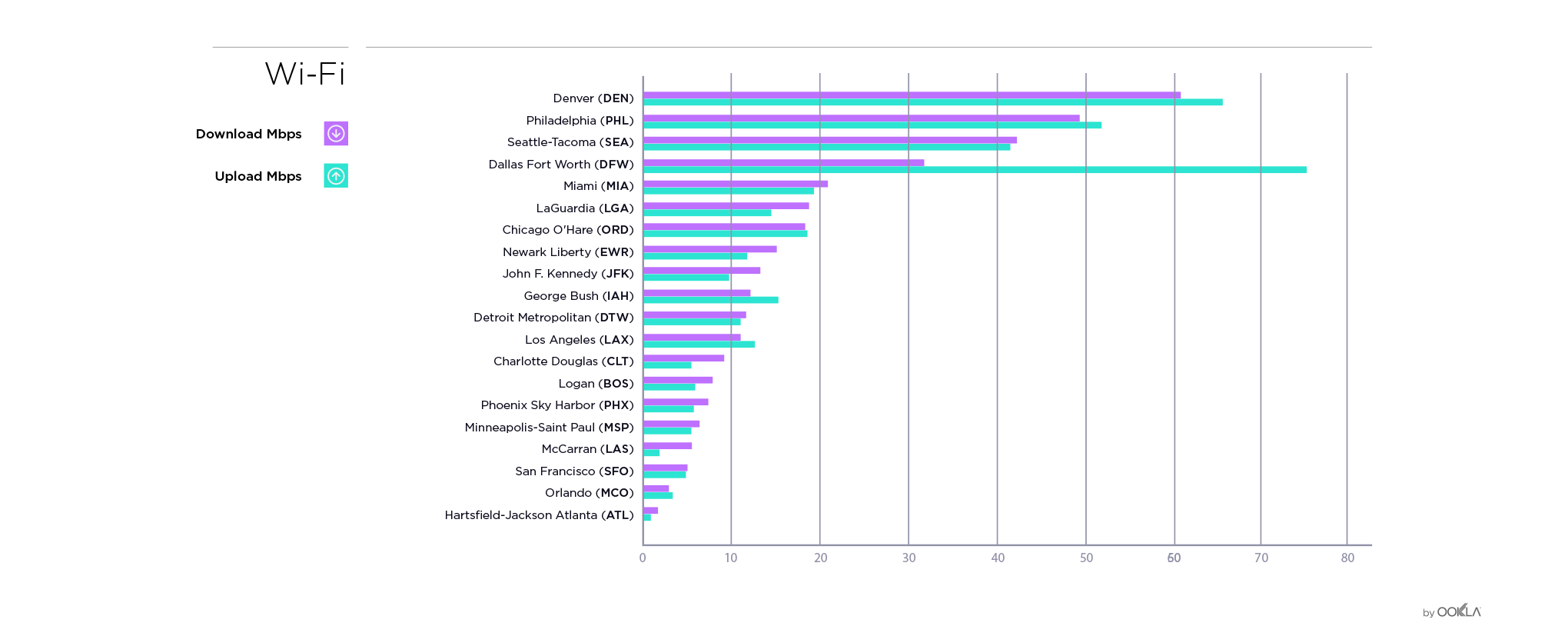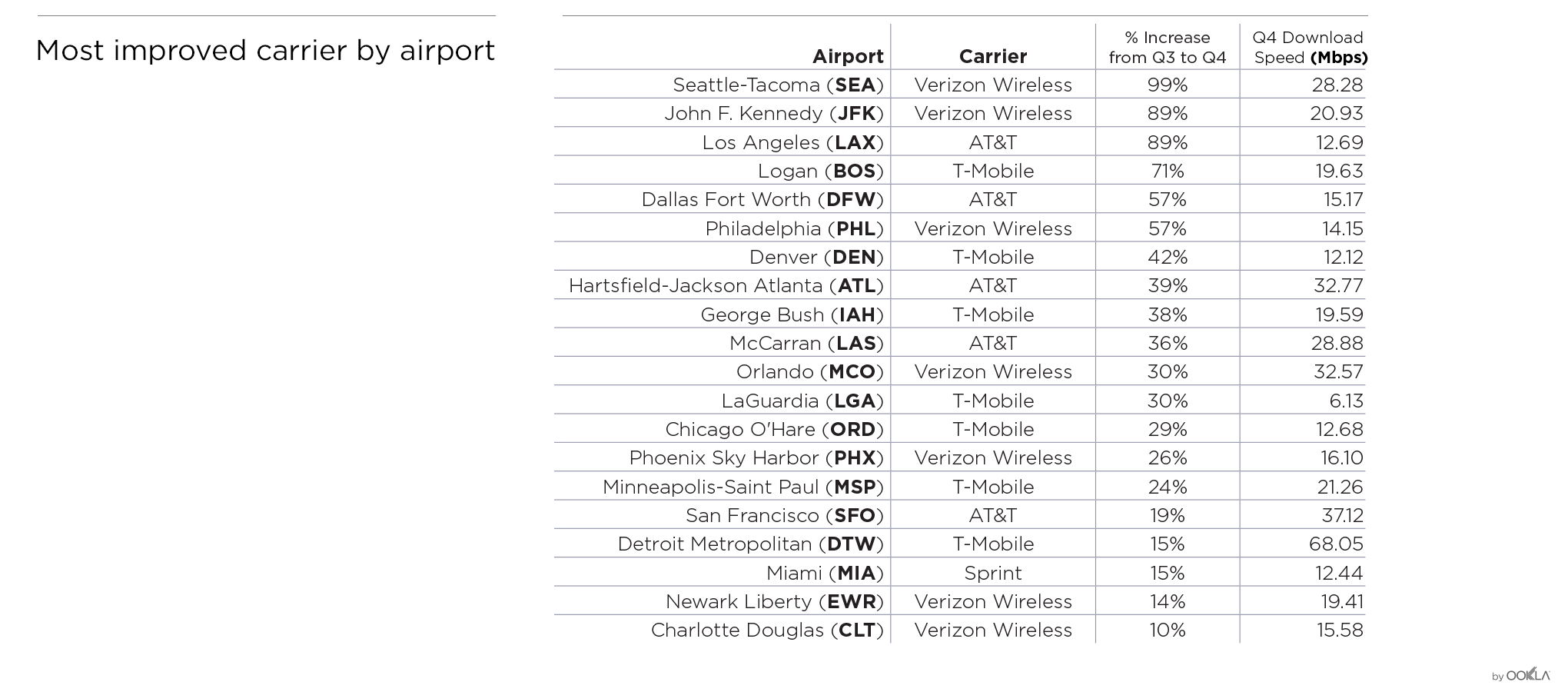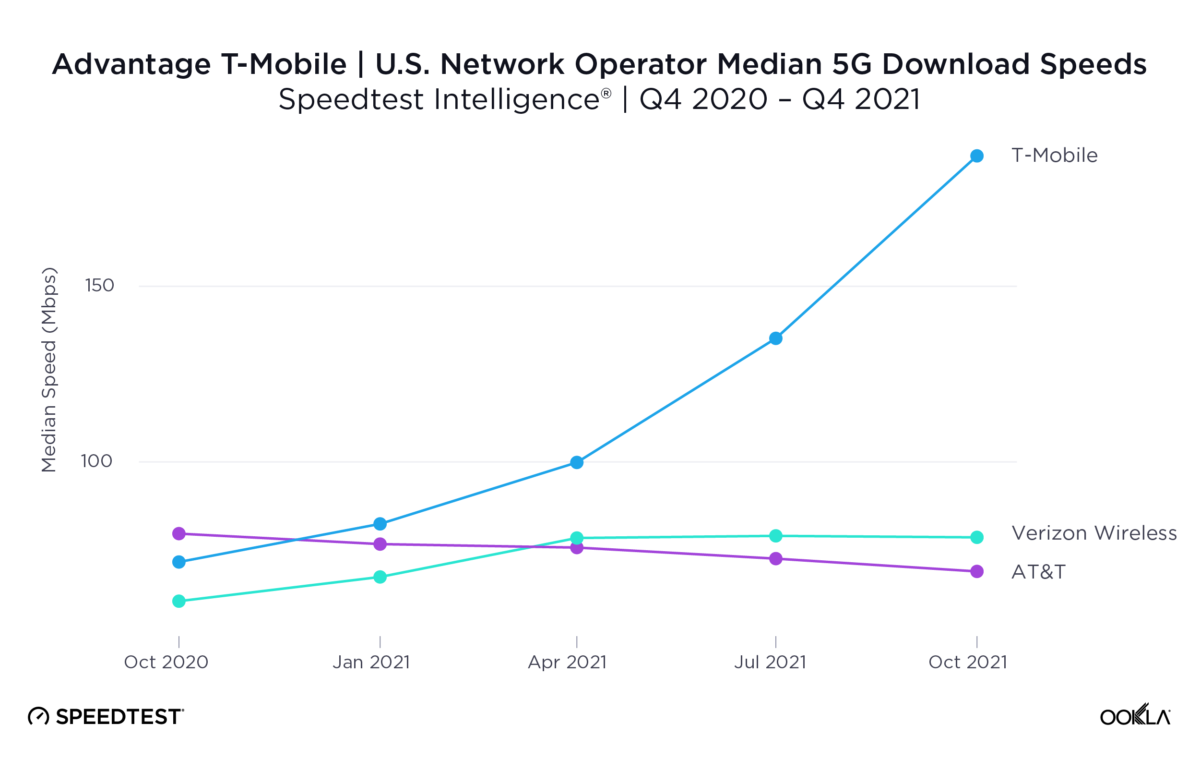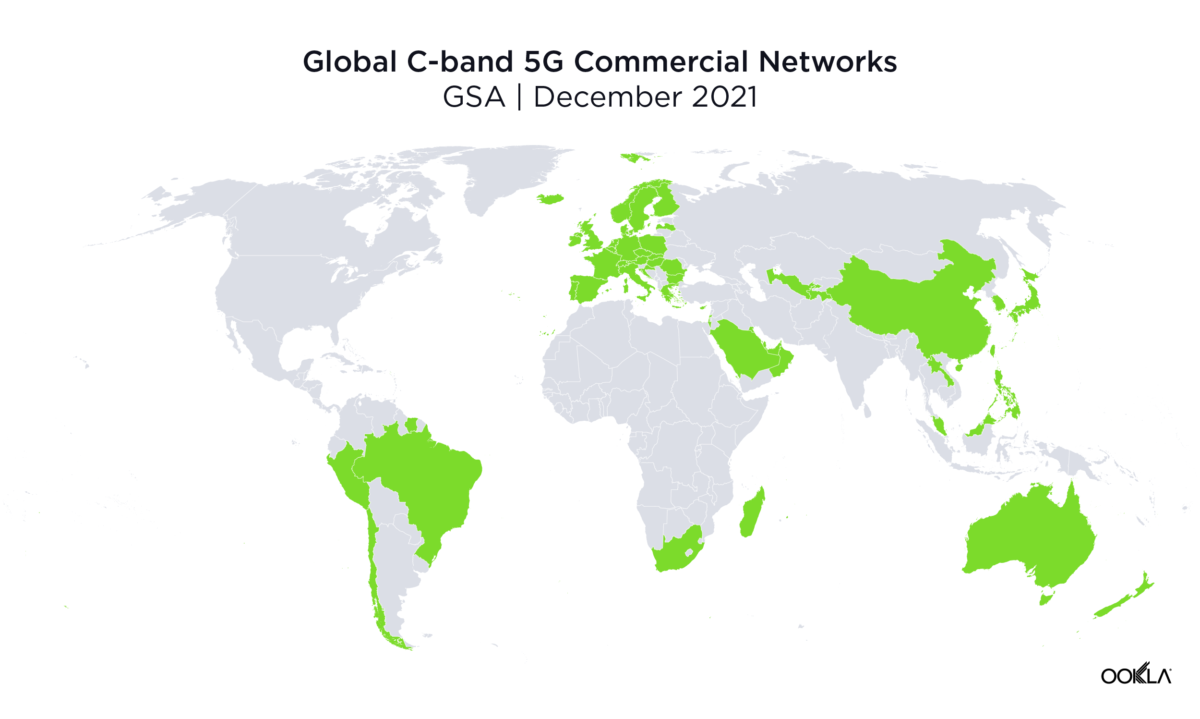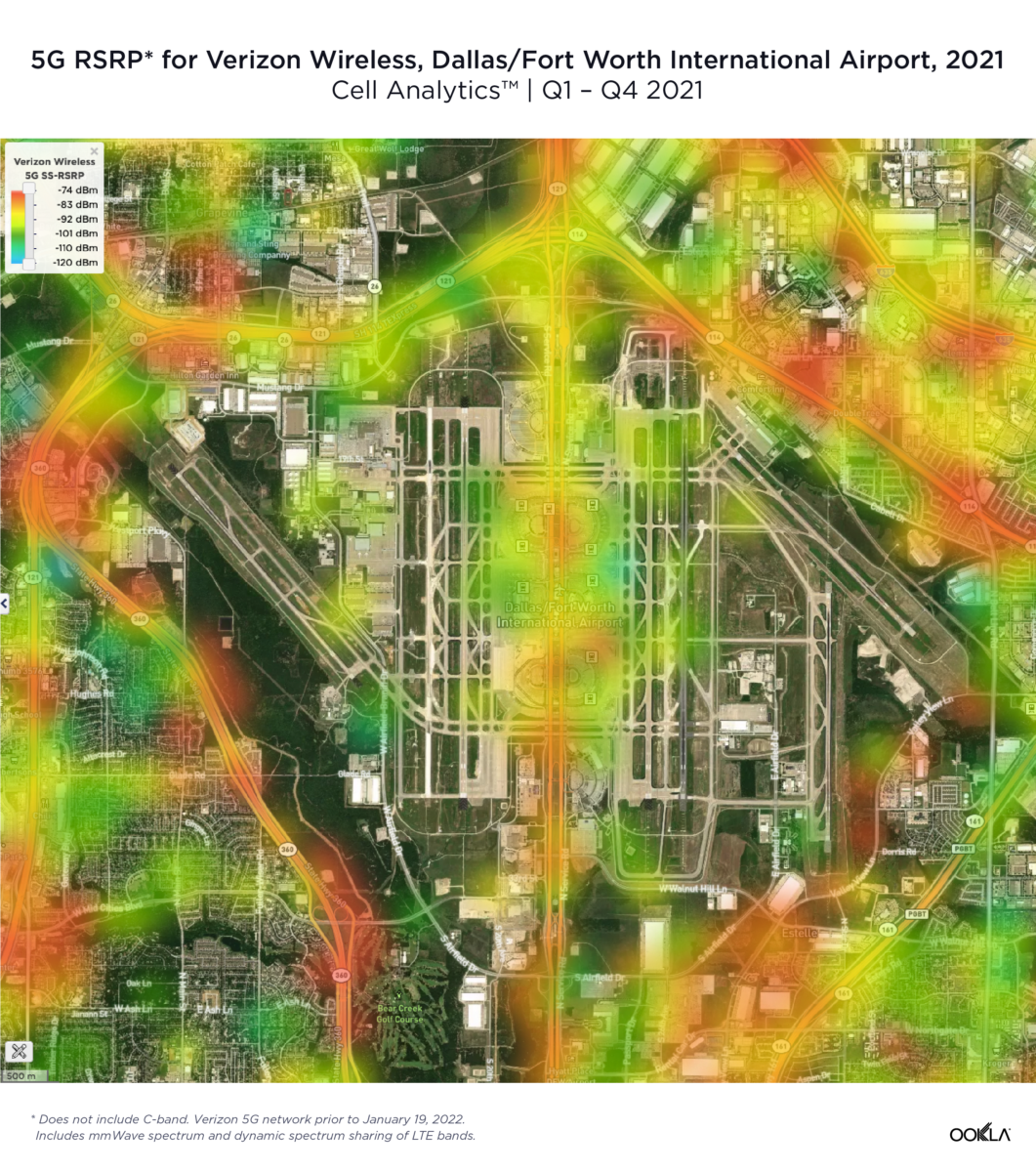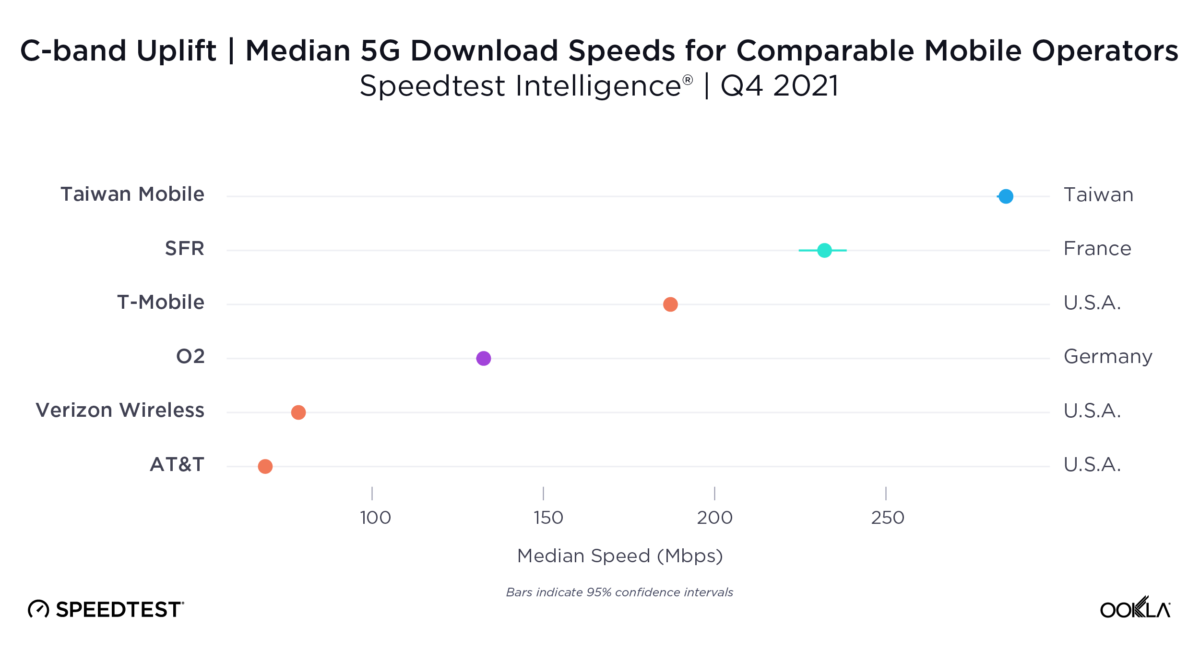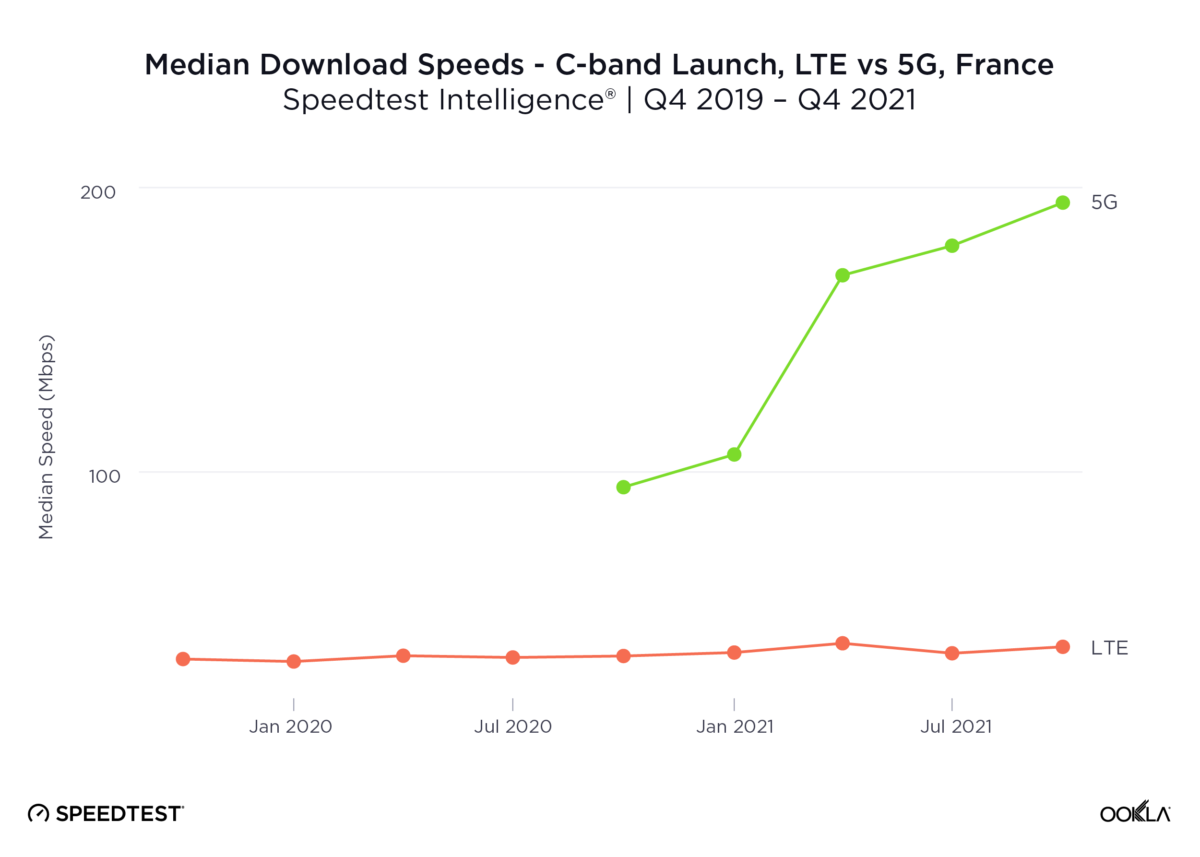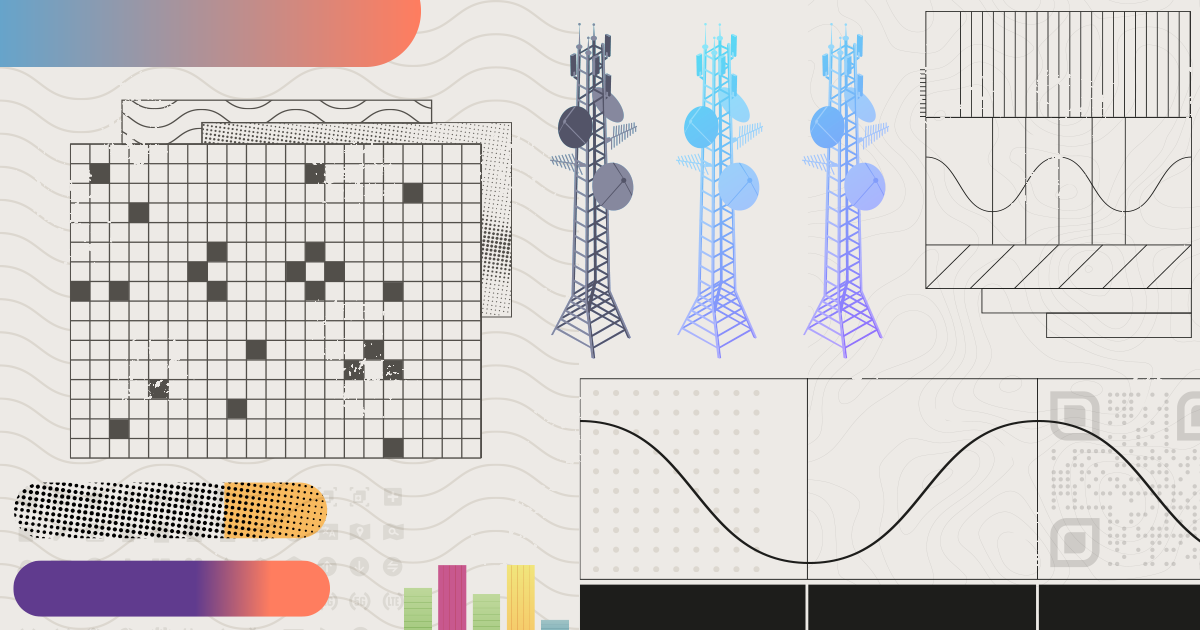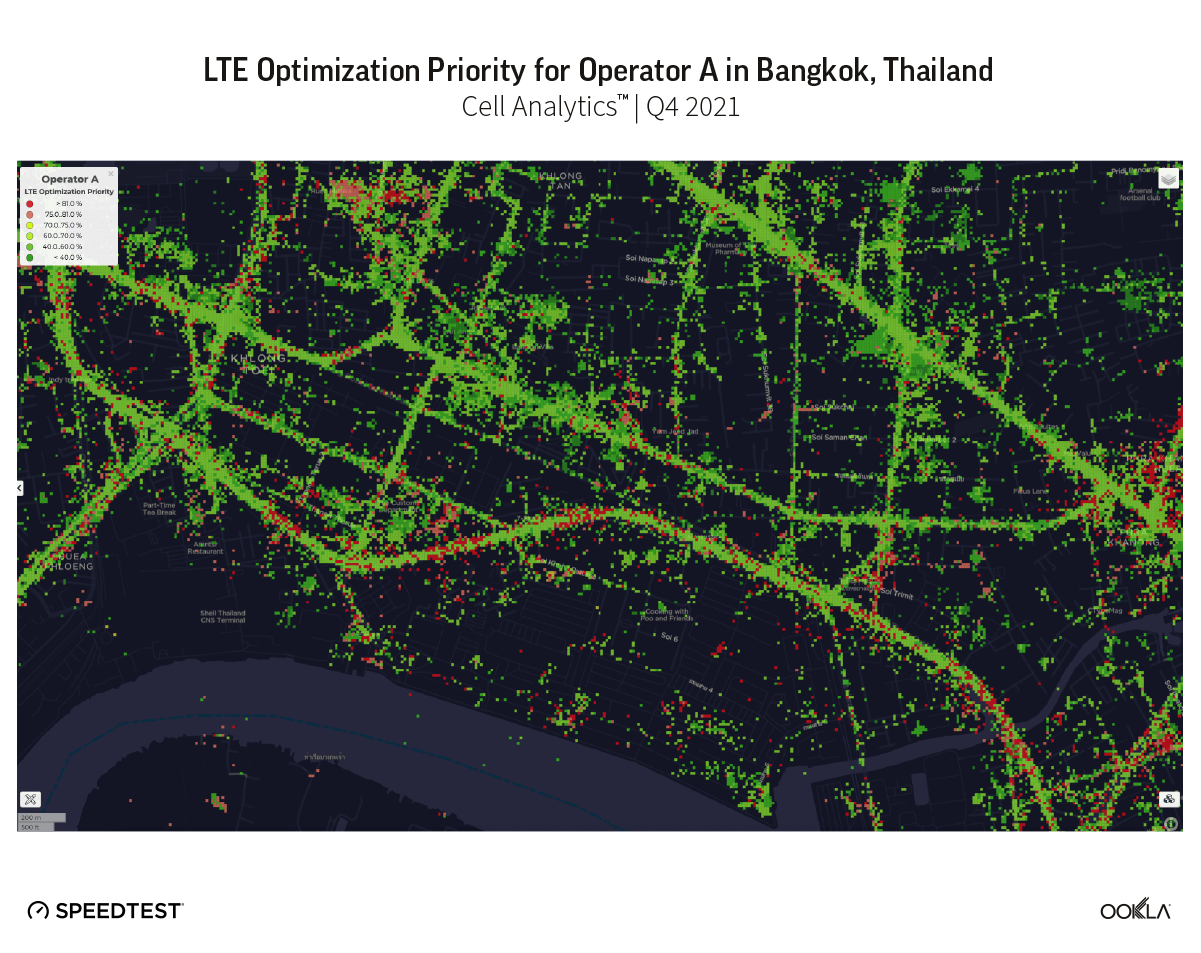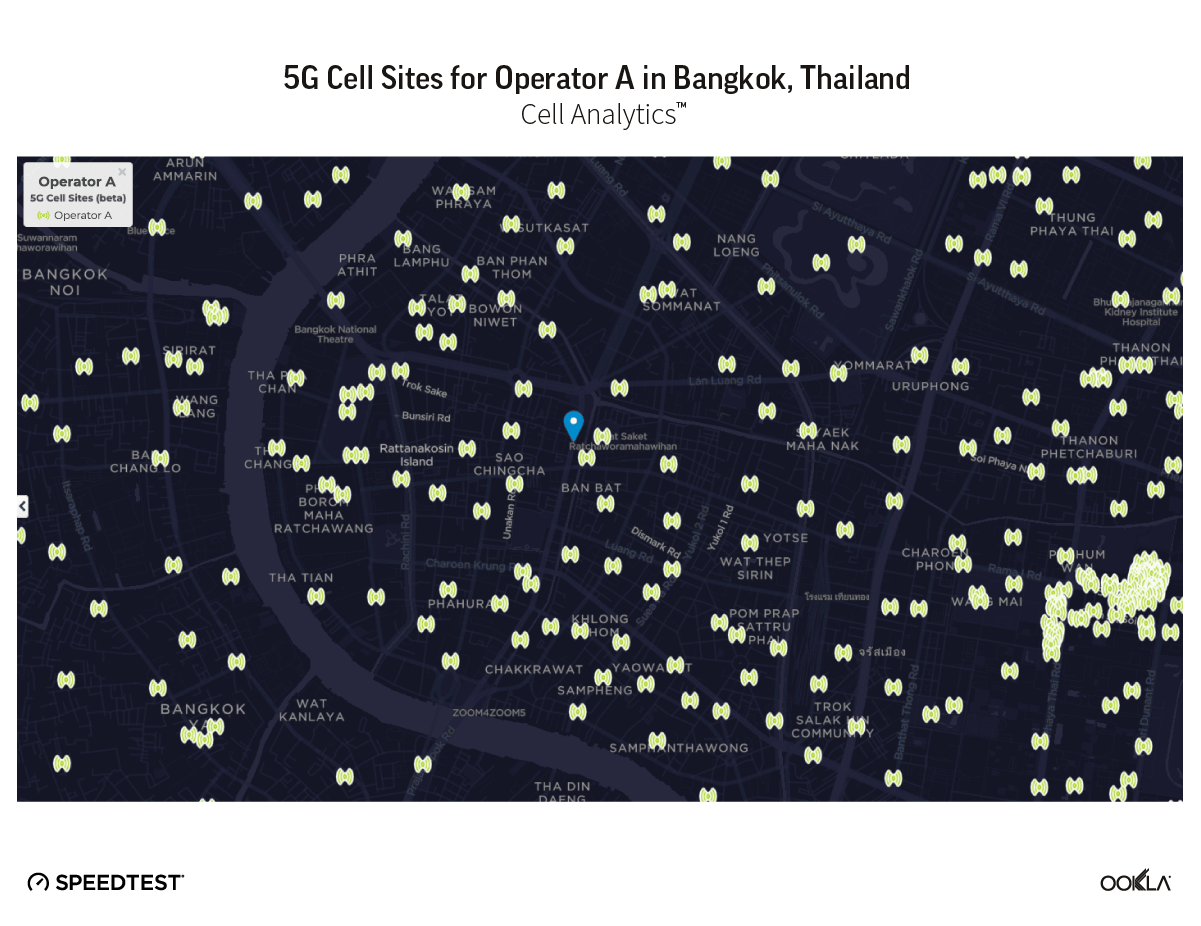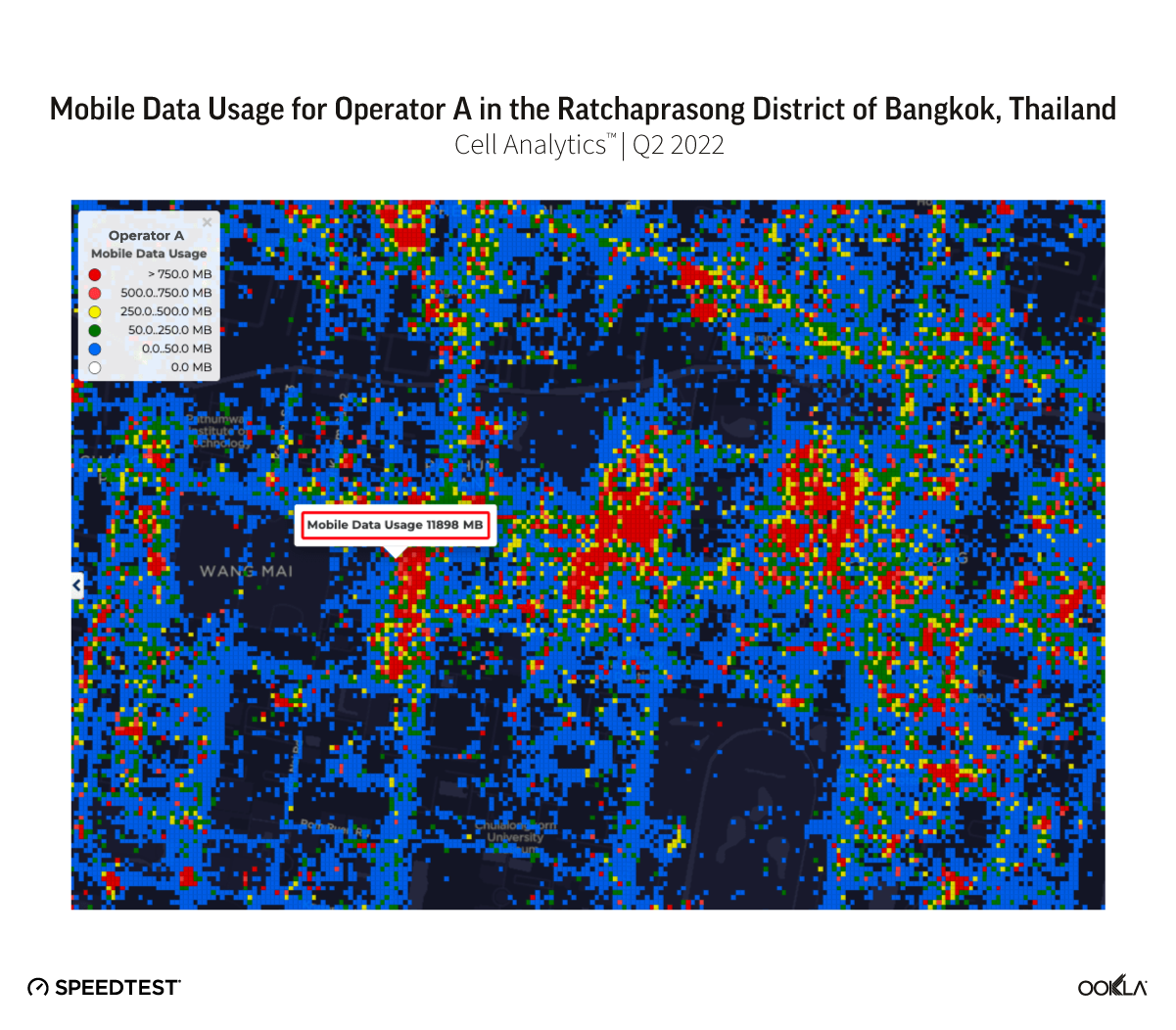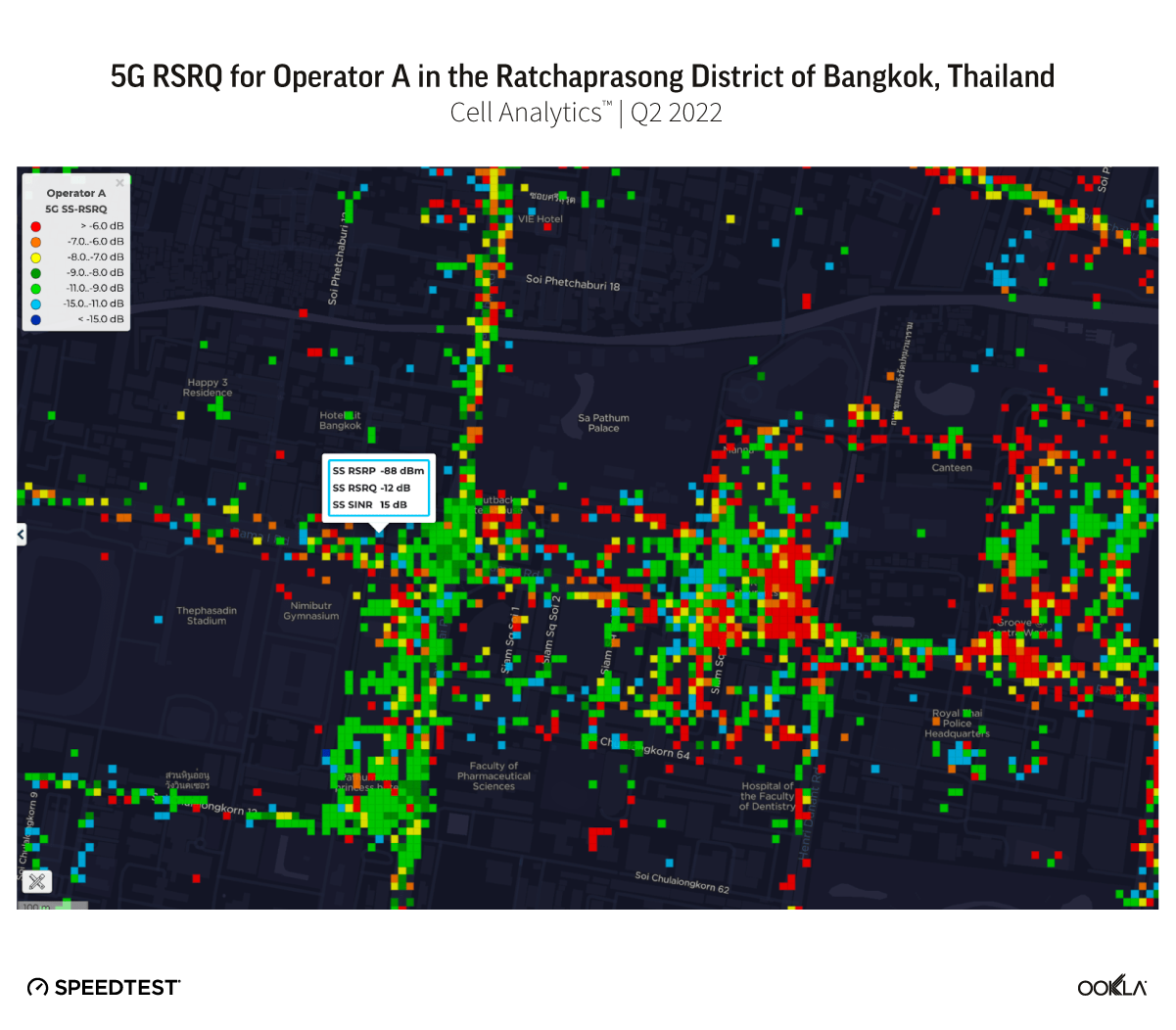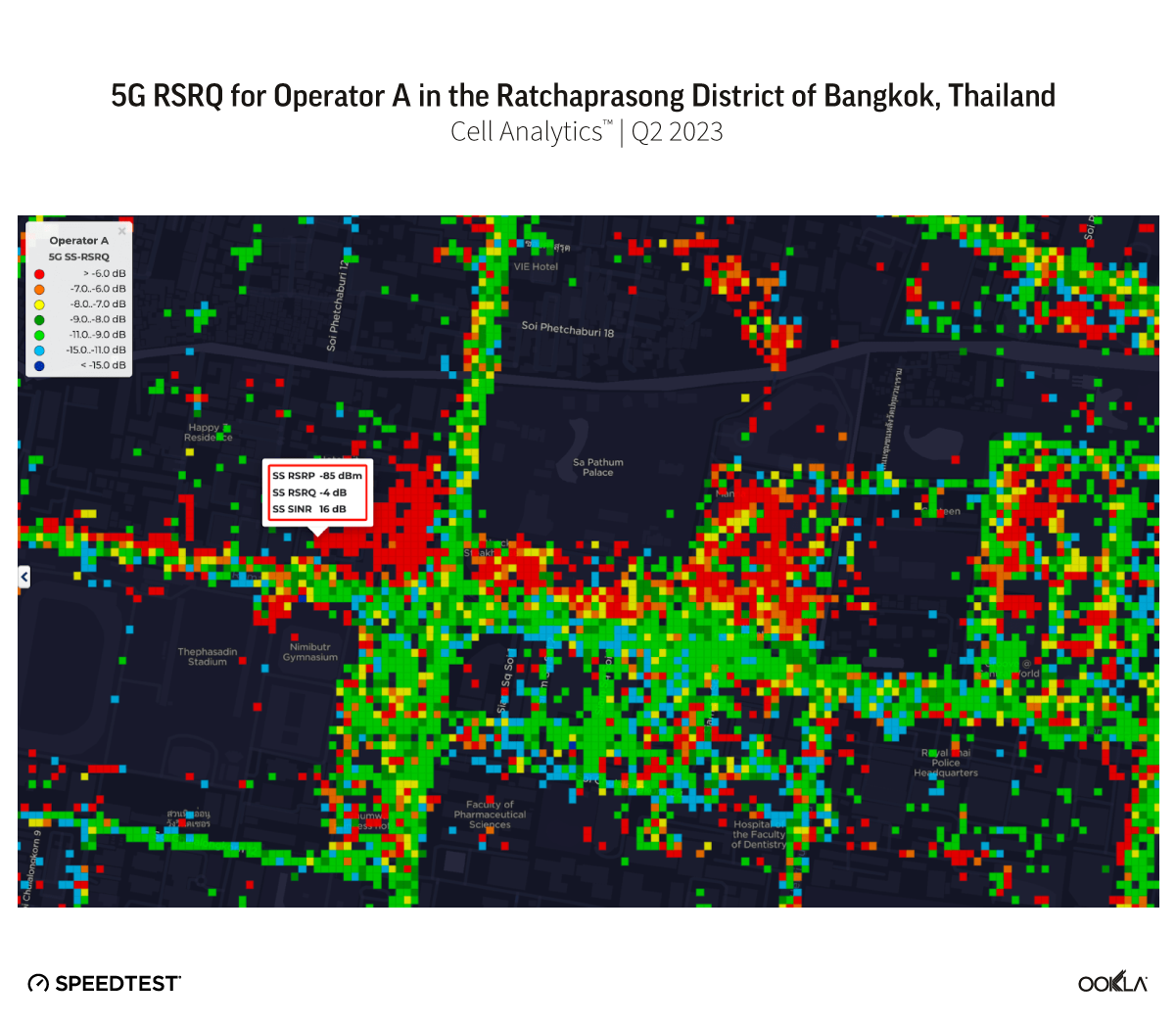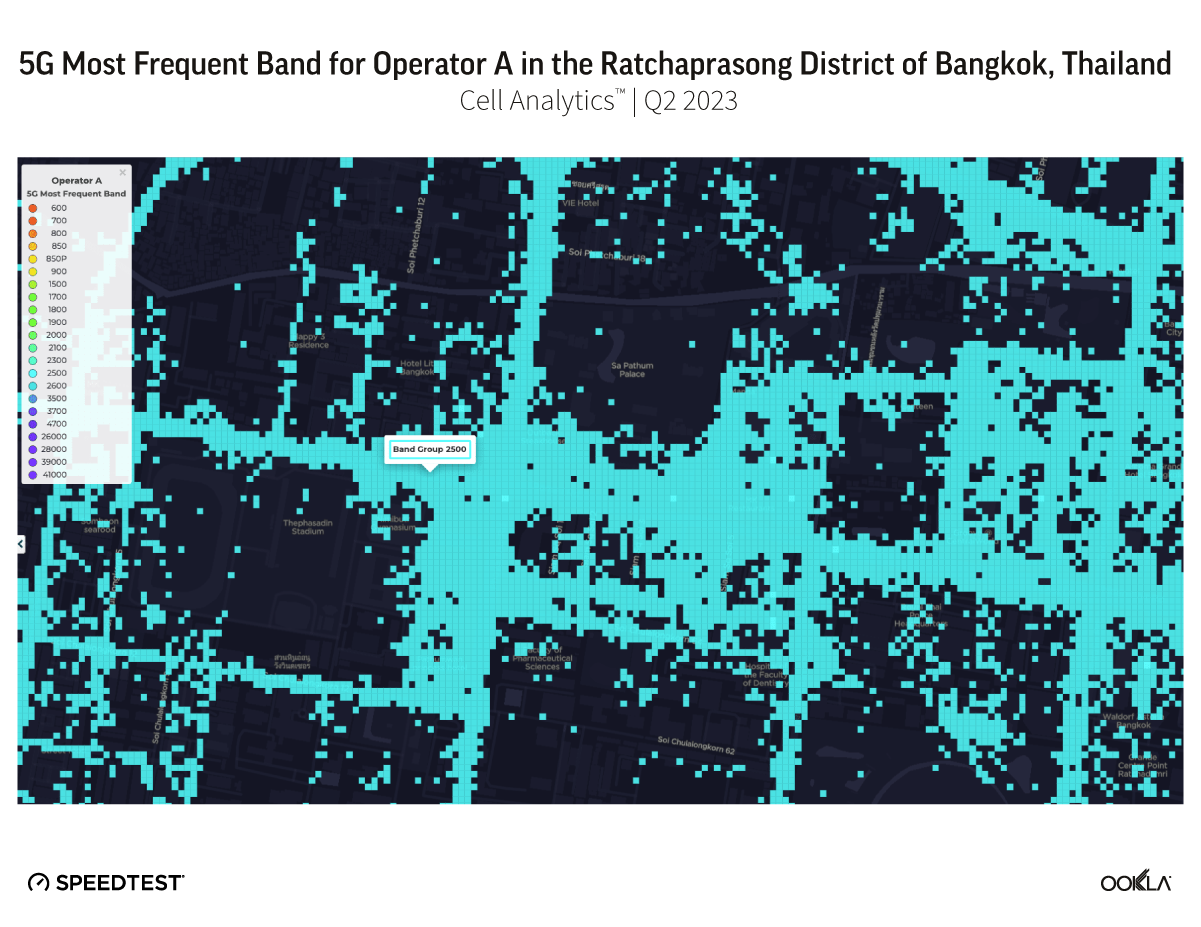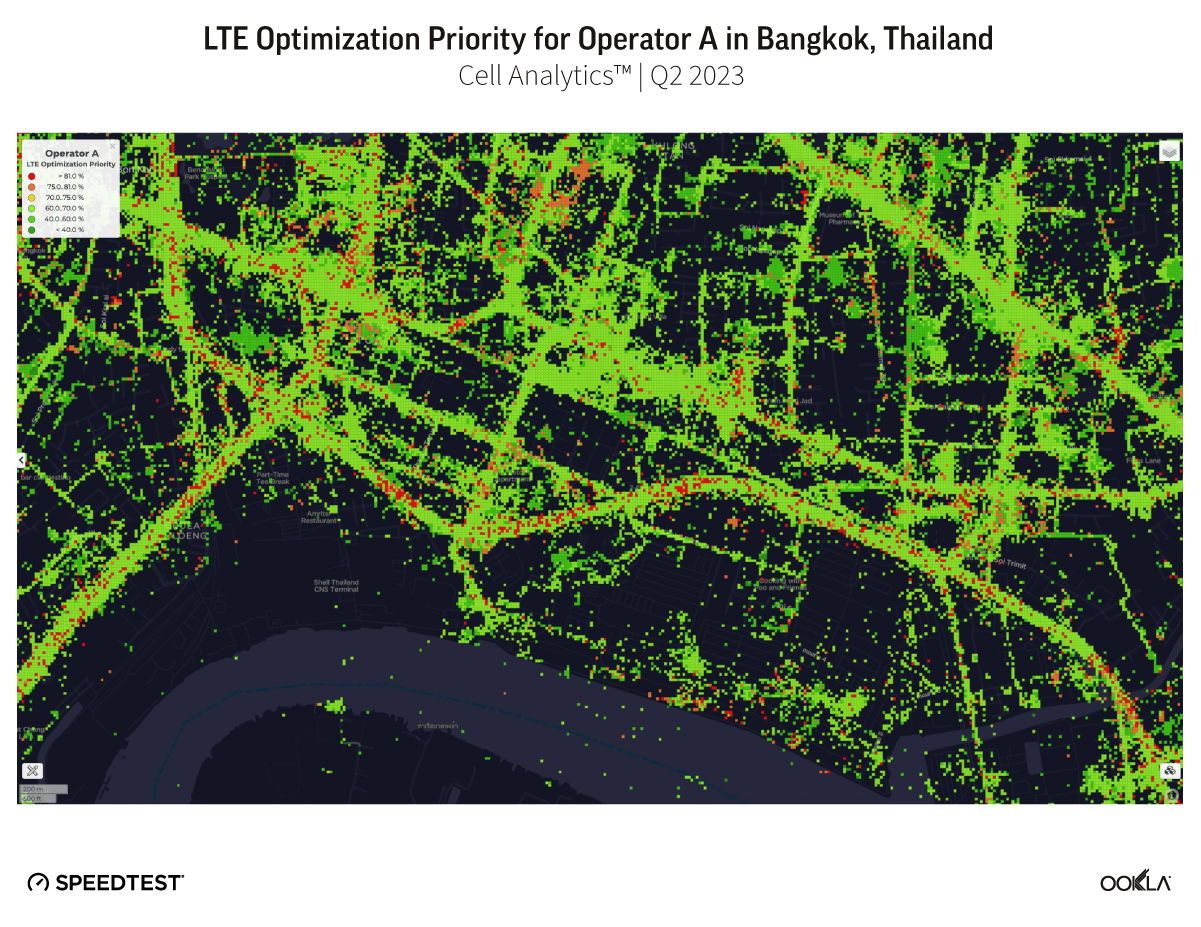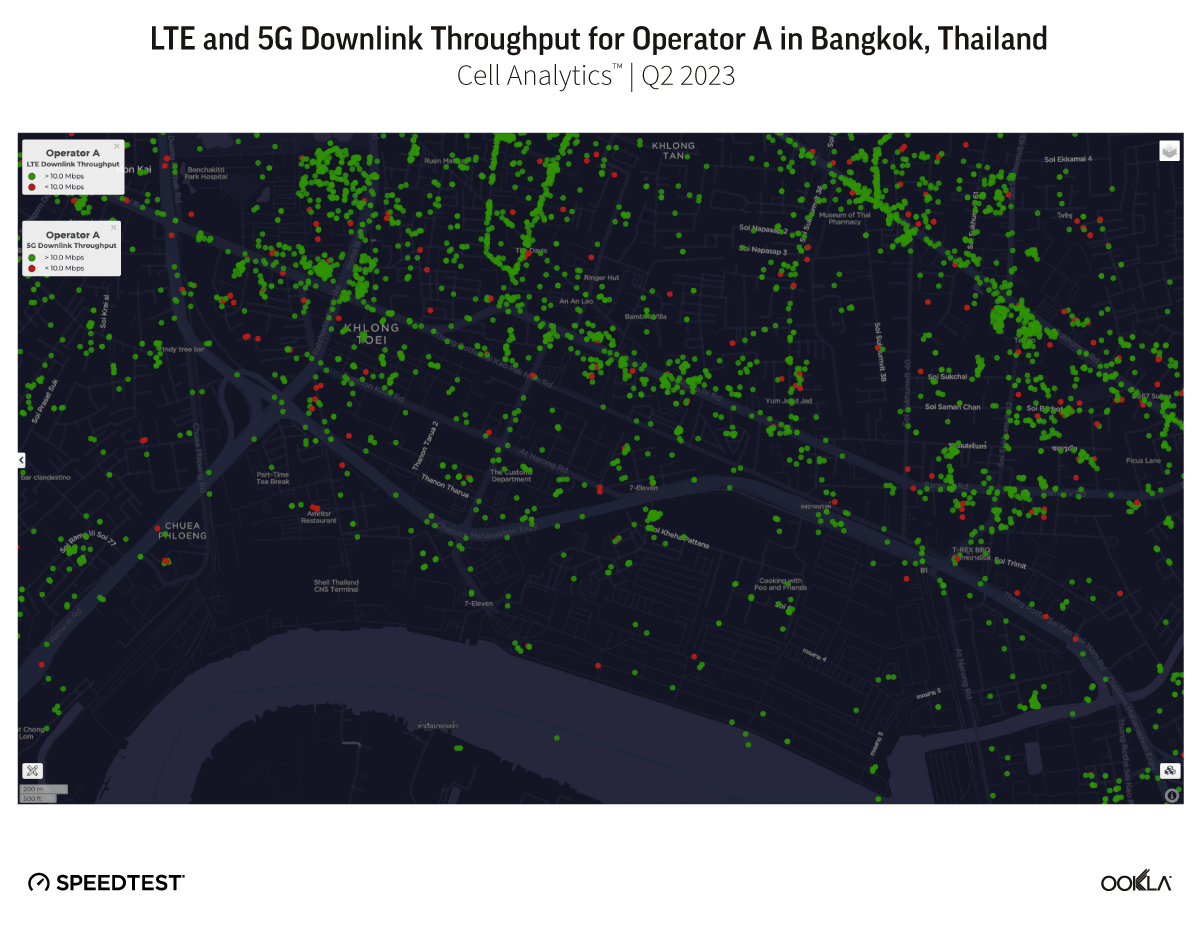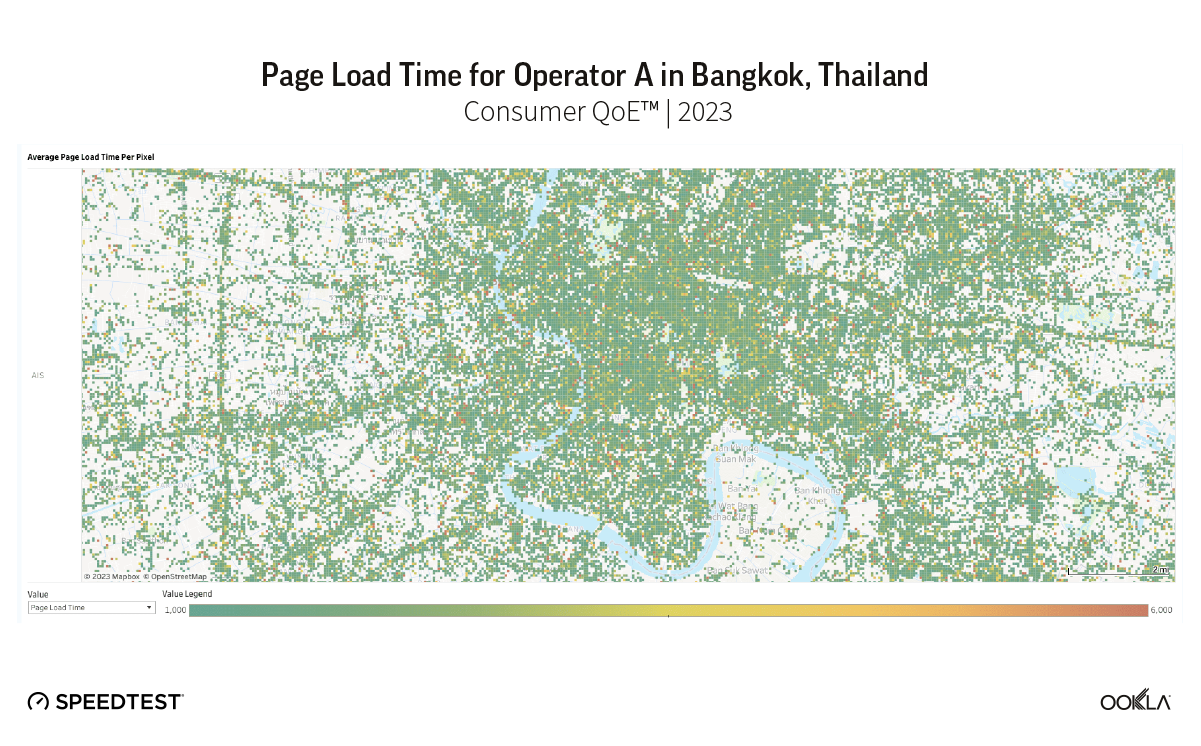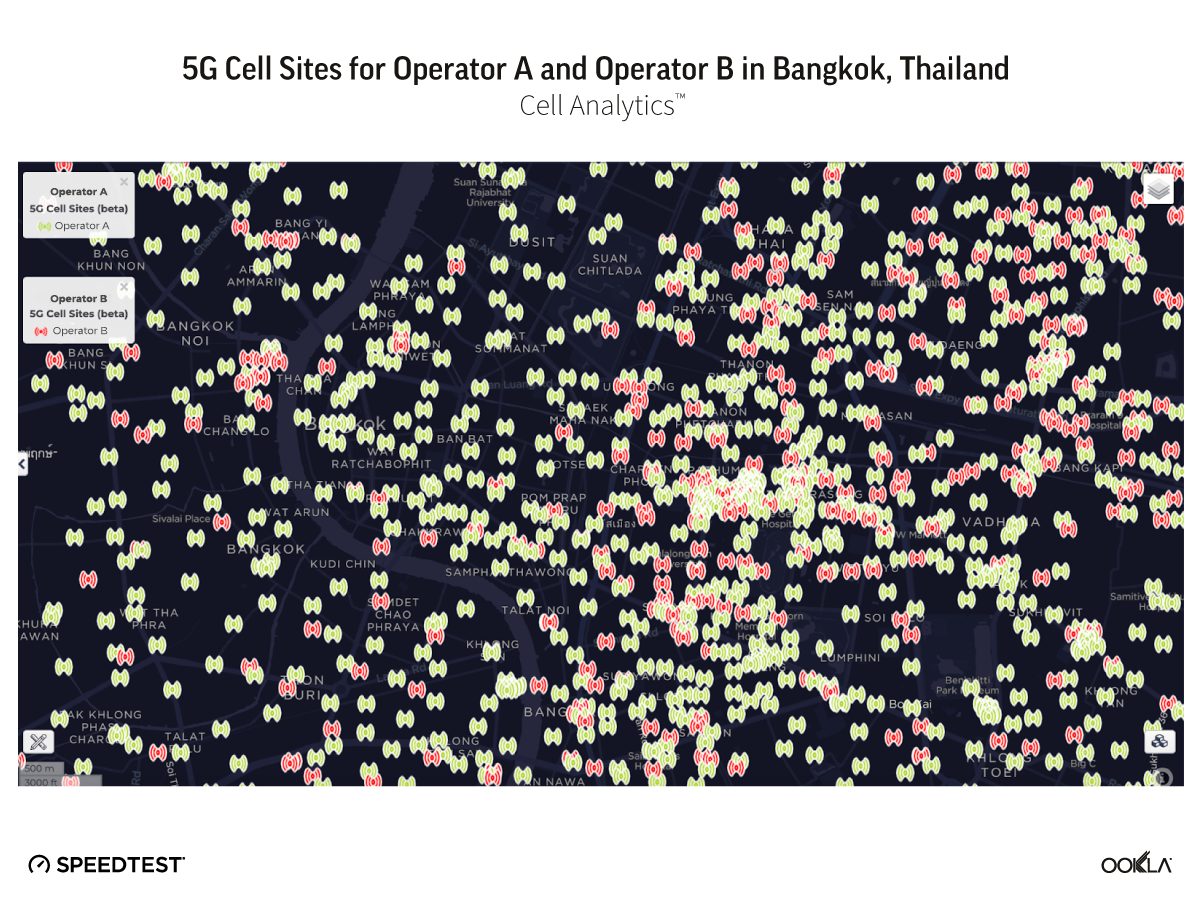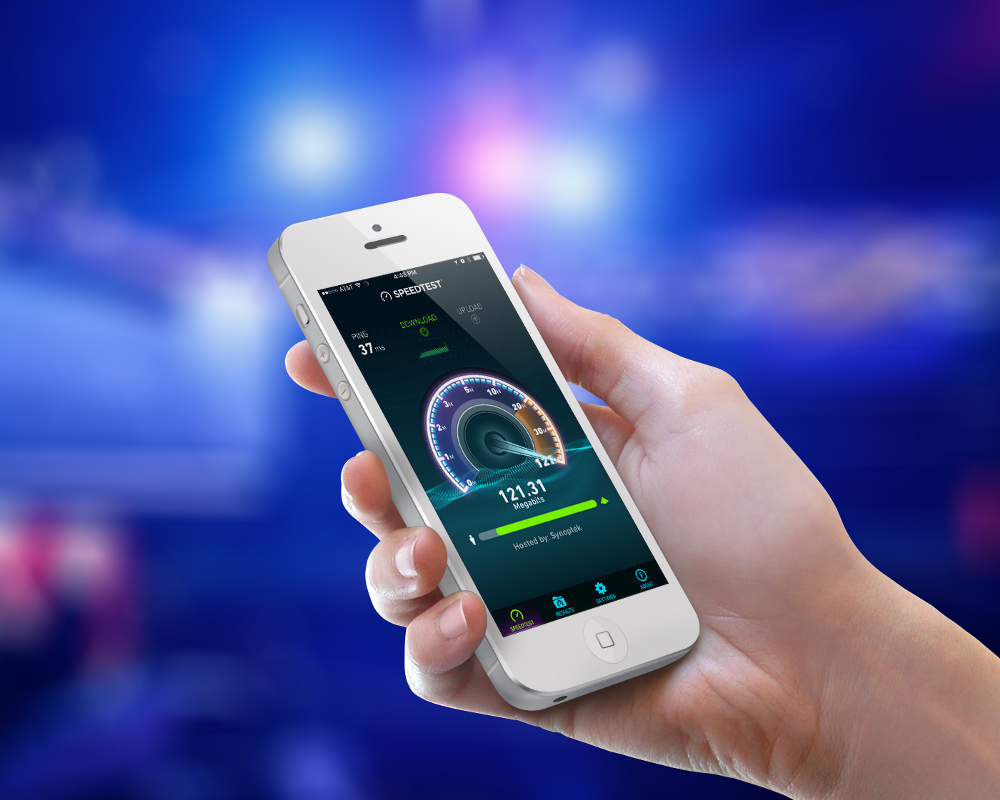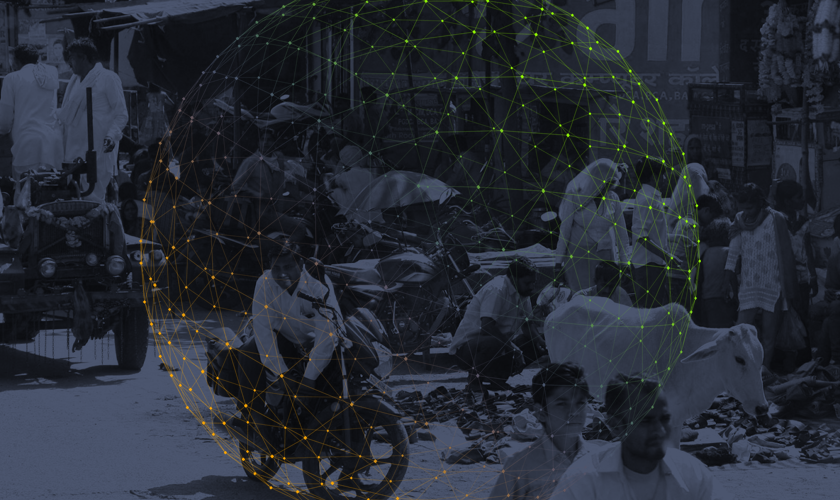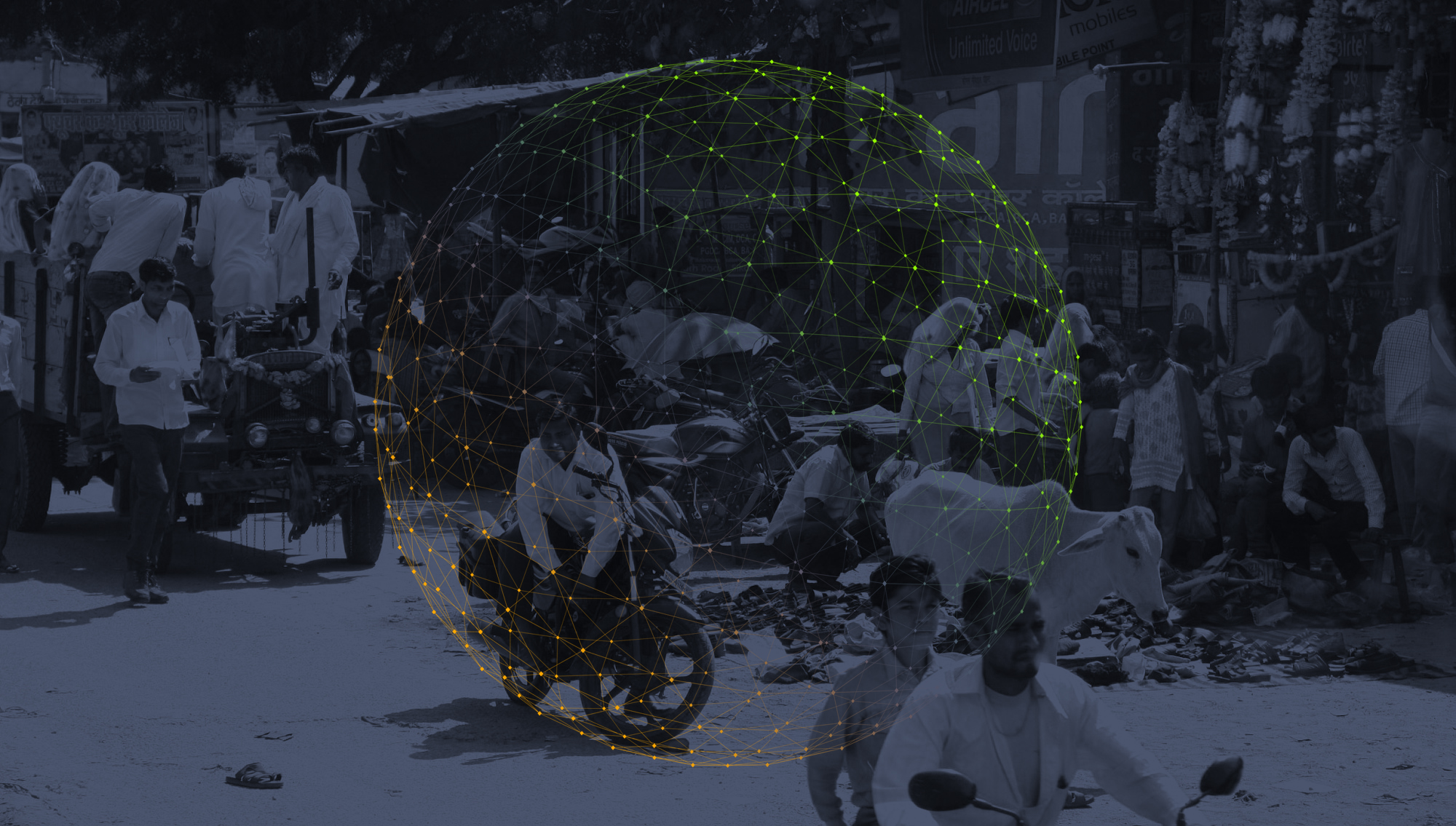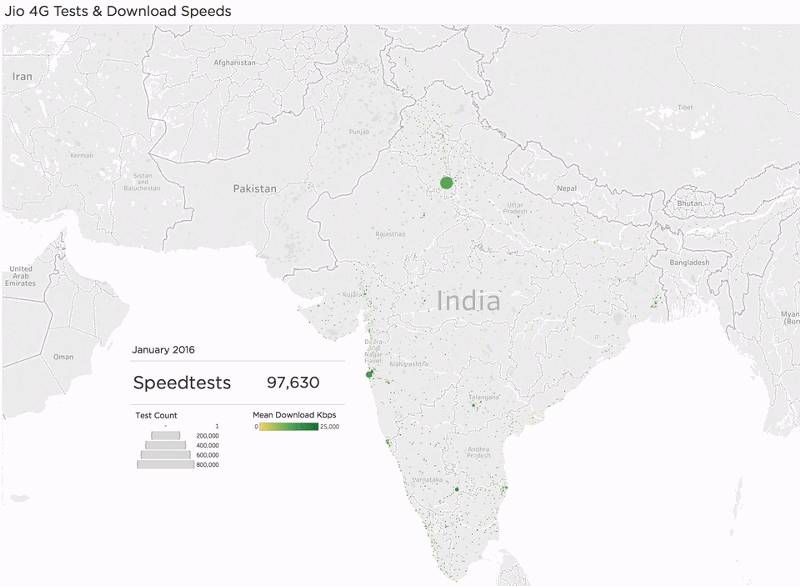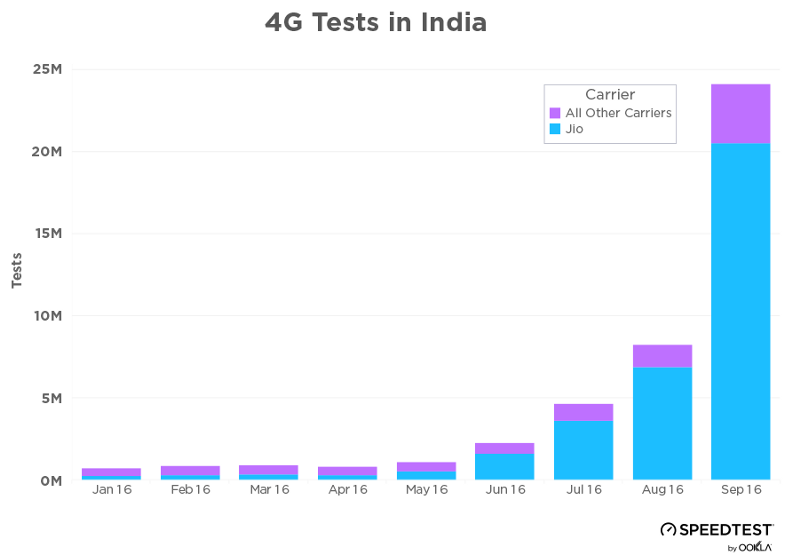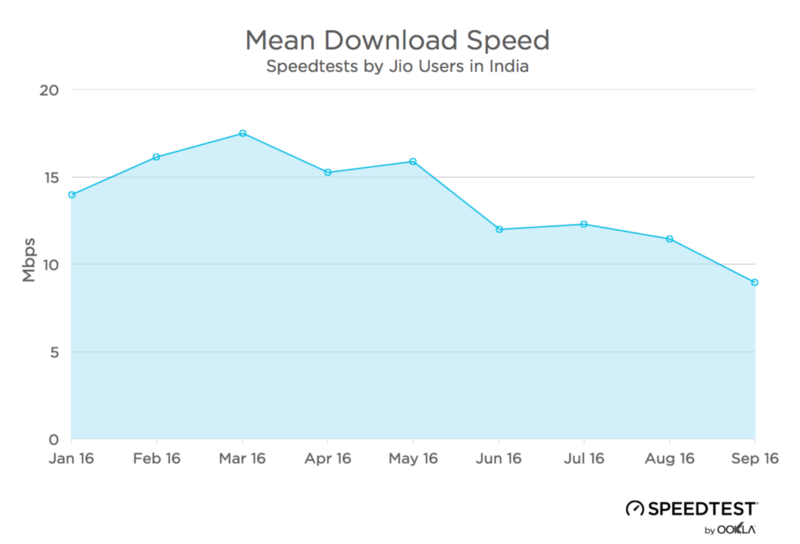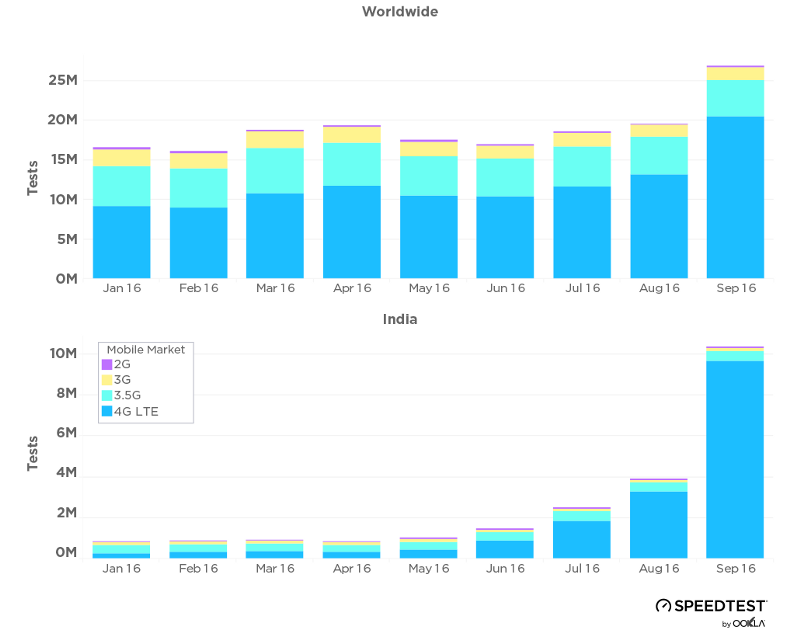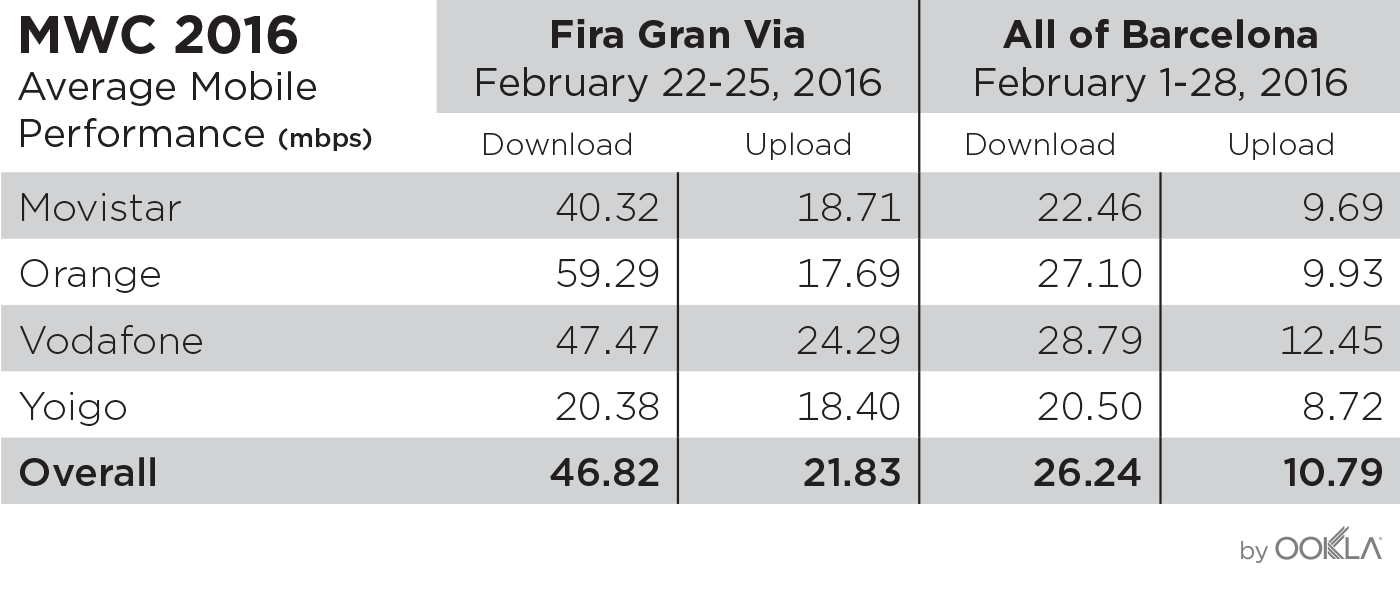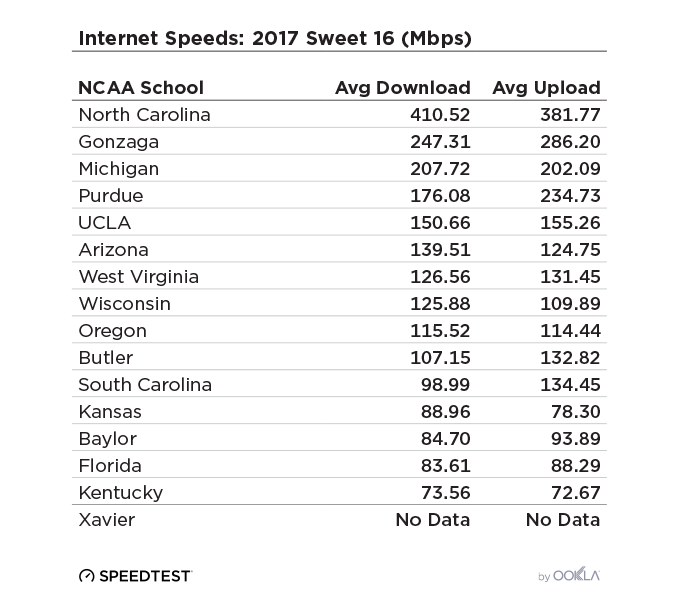2023 is shaping up to be a challenging year. The ongoing war, energy crisis, rising interest rates, and rampant inflation have created a perfect storm for the telco industry. That said, there are plenty of exciting developments and changes on the horizon. As we approach 2023, we took stock of what happened during 2022 to predict what might be in store for next year.
5G roll outs continue but speed gives way to QoE
According to the Ookla® 5G Map™, there were 127,509 5G deployments in 128 countries as of November 30, 2022, compared to 85,602 in 112 countries the year prior. 5G download speeds stabilized as more consumers adopted 5G, with a median global 5G download speed of 168.27 Mbps in Q3 2022 compared to 166.13 Mbps in Q3 2021. However, some operators believe they may have over-invested in their early emphasis on speed; they now need to monetize their investments through differentiation. One of our clients has famously said: “We are aiming for 1st world speeds and using 3rd world ARPU.” Indeed, in 2023 we will see a big focus on the Quality of Experience (QoE) and initiatives to increase ARPU (average revenue per user) and consumer stickiness by adding entertainment services such as television and music streaming or cloud gaming platforms.
FWA will continue to be a poster child for 5G
Fixed Wireless Access (FWA) solutions received renewed interest in 2022 as a key use case for 5G networks and as a way to connect rural and underserved areas. In fact, one-third of service providers are offering 5G FWA, according to Ericsson Mobility Report. Fixed Wireless Service solutions have been a success story in the U.S., where T-Mobile has added 1.6 million new subscribers so far this year. T-Mobile now has 2.1 million total FWA customers, with Verizon totaling 620,000 consumer FWA clients and 440,000 business customers. Moreover, emerging markets such as Mexico, South Africa, Nigeria, and the Philippines are seeing an uptick in FWA adoption, and there is a growing interest in India too. Jio announced that it will launch Jio AirFibre, a plug-and-play device connected to Jio’s 5G network that will act as a hotspot. While the exact launch date is still unknown, the operator revealed that it targets 100 million households with its 5G FWA offering. With the demand for fast networks growing, FWA offers an excellent opportunity to cover areas that are too costly to lay fiber and is an alternative to fixed networks. We expect further adoption of FWA on the back of CPE devices getting cheaper, as well as more schemes aimed at connecting the unconnected.
Satellite coming to your home and phone
Globally, satellite already plays an important role in providing network backhaul for 2G, 3G, and 4G technologies in rural and remote areas while also connecting a range of enterprise verticals such as logistics. Thanks to the emergence of Low Earth Orbit (LEO) satellite technology can provide access to areas outside 5G coverage. As our recent analysis shows, LEO satellites benefit from lower latency than Medium Earth Orbit (MEO). Therefore, they will be well-suited to offer backhaul and provide direct connectivity. As the 5G standard is adopted, new markets will open up for satellite operators, including IoT, private 5G, and cellular backhaul for densification to enable more cell sites and edge devices. At the same time, start-ups such as Lynk were the first to demonstrate the power of the direct-to-satellite communication market. The recent Starlink/T-Mobile and Globalstar/Apple partnerships point to this market seeing further growth. We will see more players entering the market in 2023 as providers attempt to bring connectivity to all.
The quest for Net Zero becomes more urgent
Focus on energy efficiency isn’t new; we have already seen this as a major trend for 2022. Across the broader tech industry, vendors look at the option of dialing down performance to help save energy costs – Microsoft’s survey of X-Box users asks how they feel about features that would reduce frame rates and resolution, thus reducing power consumption and saving money. Unsurprisingly, cost-cutting and optimizing operations are top-of-mind for telcos in 2023 as energy prices and broader inflation remains high. We are already seeing operators look to sustainable solutions, such as wind and solar farmers, to supply sites with green energy instead of commercial electricity, partially to reduce costs. Network planning and optimization teams also play a critical role. Using the right site locations, configuration, and optimum coverage/quality service for consumers reduces interference, resulting in less waste of power resources and fewer emissions. Some other ways telcos will reduce energy usage will be through hybrid power implementations instead of relying on petrol/diesel for off-grid sites. They will also implement the latest software features that include smart sleep mode at times of no/low traffic demand. Energy efficiency will be a key focus area in 2023, with vendors lending a hand to telcos to help them reduce energy consumption.
Convergence helps to capture shrinking consumers’ wallets
Raising interest rates, inflation, and the contraction of disposable income will force many consumers to re-evaluate their telecom spending. Operators will be forced to reprice tariffs further, and consumers will shop around for better deals, which in turn will lead to churn. We have already seen an increase in the adoption of fixed-mobile bundles across Europe during the economic downturn in 2008 when several European operators introduced convergent bundles, offering discounts on the discrete underlying services. History could repeat itself in 2023. In the U.S. we already see moves by operators to offer converged services as we have stipulated in our recent article but also elsewhere as consumers look for discounts across fixed and mobile.
Metaverse work will continue behind the scenes
Metaverse will not become mainstream next year, but investments will continue despite continued financial woes for the tech industry. The year ahead will primarily focus on standardization. Ookla plays an active role in defining the network requirements as part of the Metaverse Standards Forum (MSF). We expect new devices to launch in 2023 and beyond at a lower cost than Meta’s Quest Pro, priced at $1,499. Apple is not participating in the MSF as it follows its usual walled-garden approach. There is talk of an Apple device that will give the metaverse device ecosystem a boost too. But for the metaverse to become real, it will have to be more than just about devices. Metaverse is about creating a virtual world, with Meta, Microsoft, and Nvidia all working on creating them. 2023 will see more telco players jumping on the metaverse bandwagon and including it as part of their strategic roadmap.
Operators’ M&A activities will heat up
In Asia and Europe, companies facing challenging economic times will try to merge, with regulators having the last word on whether they can. M&A activity heated up across the Asia Pacific region recently, with deals on the table across several countries such as Thailand, Malaysia, Taiwan, and Indonesia but potentially also in Japan and Hong Kong. Mergers and acquisitions should continue in Europe as well, as we discussed in our recent article, with recent examples including the agreed joint venture between MasMovil and Orange in Spain, Iliad’s recent bid for Vodafone Italy, and Vodafone and Three UK talks to merge. In Asia, Telenor and Axiata were allowed to merge their Malaysian operations, while Thailand still awaits regulatory approval. European operators will closely follow whether Orange and MasMovil will consolidate in Spain. If they succeed, others in Europe will follow in 2023.
5G SA will power enterprises
The majority of 5G networks thus far are 5G Non-Standalone (NSA), which still uses 4G core to support enhanced mobile broadband and FWA use cases, while also providing significant capacity increases. Evolving to 5G Standalone (SA) brings additional service differentiation possibilities such as URLLC, network slicing, and edge computing. In the future, 5G SA will also deliver time-sensitive networking for high-precision devices. When RootMetrics® measured the performance of T-Mobile’s 5G SA vs NSA in Las Vegas, it found that T-Mobile’s 5G SA network delivered speeds over twice as fast as its speed on NSA 5G. According to GSMA Intelligence as of Q3 2022, 31 operators had launched 5G SA networks, with a further 11 expected by the end of 2022. In total, 123 operators from 55 countries have launched or demonstrated intent to launch 5G SA networks. Recently, Singapore covered 95% of the country with 5G SA, with operators focusing on developing innovative services for enterprises supported by encouraging regulation from the government and the regulator.
Private networks growth will continue
Private mobile networks play an important role in broader digital transformation and will only continue to gain traction. As enterprise digitization continues to gain momentum, countries are looking to private networks to address Industry 4.0 objectives. Dedicated spectrum for private mobile networks has already been allocated to industry players in France, the U.S., Germany, Japan, and the UK. We have commented on how the private networks landscape is developing in Europe and made a case for private networks in India. According to GSA, at the end of June 2022, 889 customers were deploying private mobile networks across 70 countries. Increasingly, these networks are using 5G and 5G SA. However, the 5G device ecosystem has yet to mature, so most of these networks are still 4.9G. The availability of industrial-grade devices depends on the standardization of 3GPP Releases. The industrial chipsets, based on Release 16, are scheduled to come to market in 2023. As a result, mainstream adoption of 5G solutions will likely happen later in the year.
Furthermore, once available, Release 16 5G industrial features (reliability, low latency, etc.) will need to be tested in partnership with industrial OEMs to help to convince them of the enhanced scope of capabilities of 5G for industrial use cases. As such, it will be some time beyond 2023 when 5G private networks will start to scale.
Ookla will be at MWC Barcelona 2023 – visit us at our Stand 2I28 in Hall 2, to talk with us about telco trends. In the meantime, if you’re interested to find out more about Ookla Speedtest Intelligence and its wealth of fixed and mobile consumer-initiated data and insights, please get in touch.
Ookla retains ownership of this article including all of the intellectual property rights, data, content graphs and analysis. This article may not be quoted, reproduced, distributed or published for any commercial purpose without prior consent. Members of the press and others using the findings in this article for non-commercial purposes are welcome to publicly share and link to report information with attribution to Ookla.
